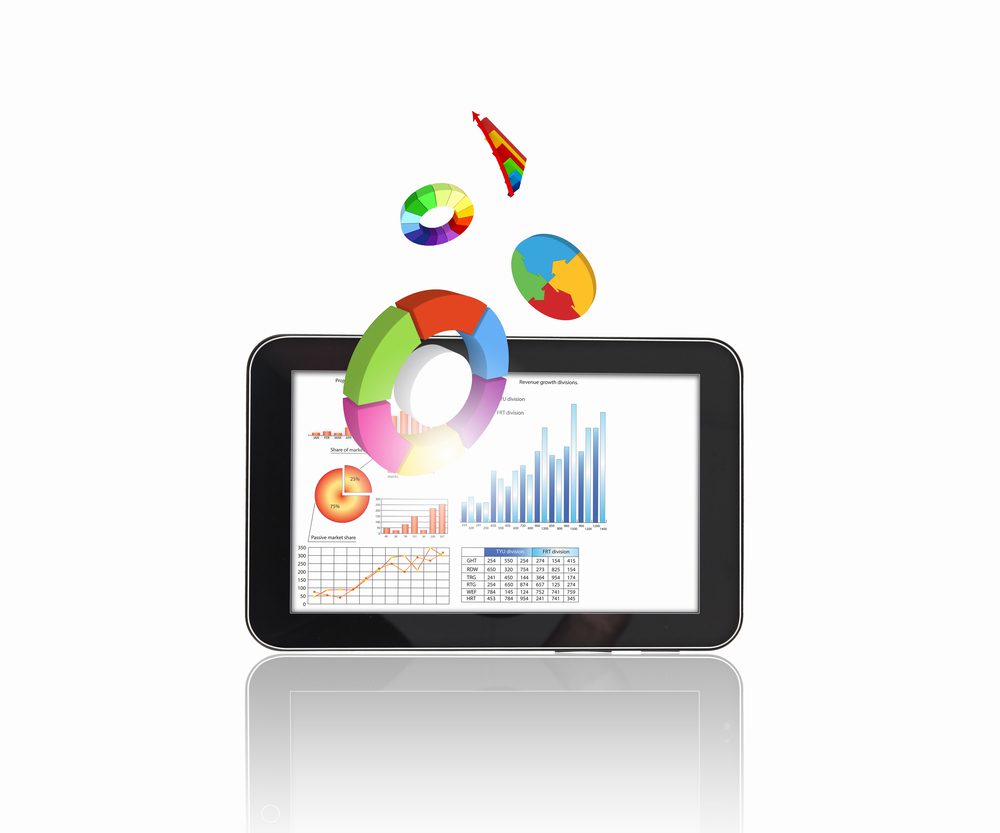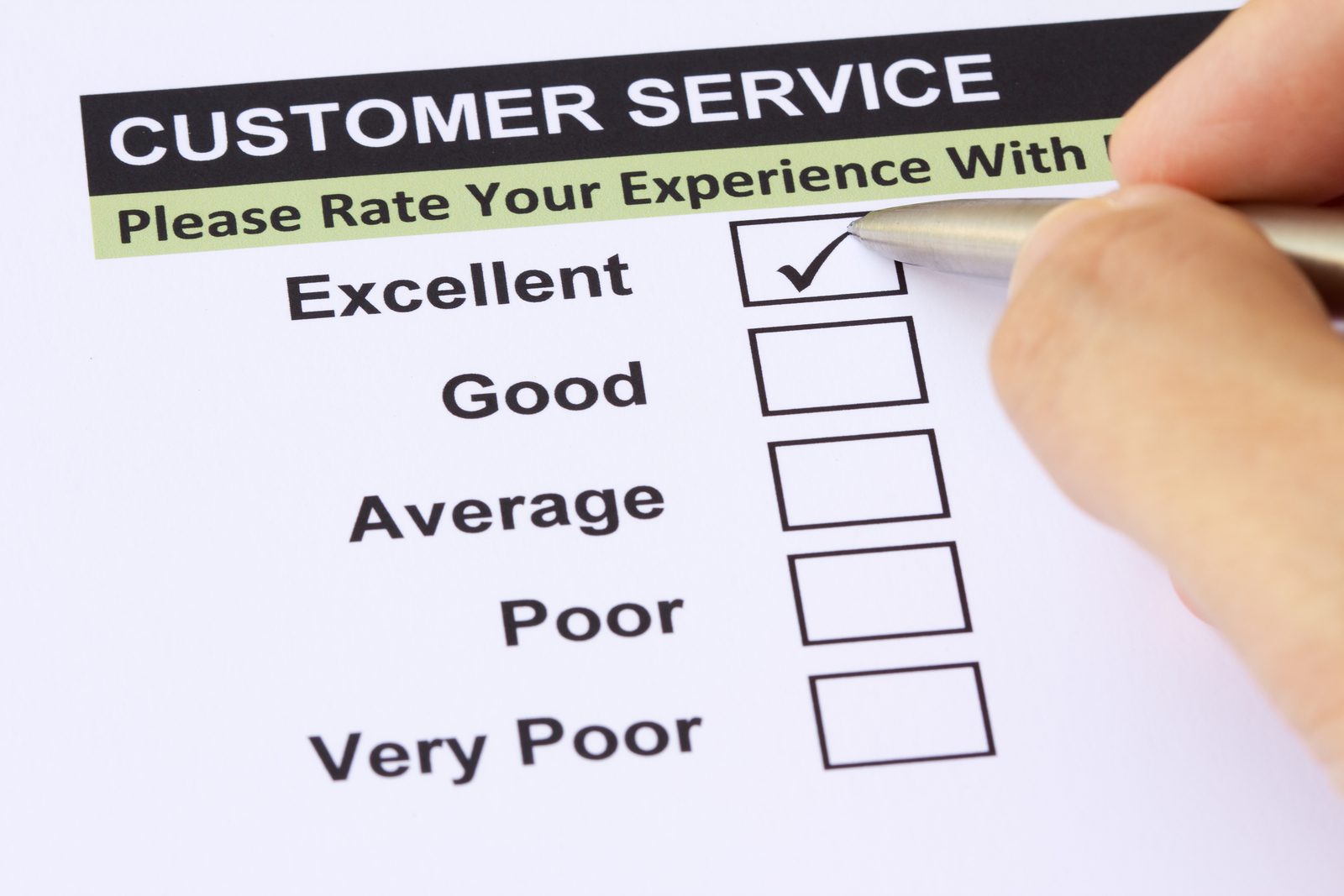The Insights of Customer Data
By John Kananghinis, Director
One of the most regular B2C refrains is “how do I get to more customers?” Take that back a step and the question turns into “where are my potential customers?”
Quality data analysis combined with consumer insights will provide the answers to both of the above questions and, very often, the competitive advantage that will drive success.
The critical first step for any established B2C enterprise is to maintain customer data integrity. If that has not been done then you must clean the customer data to create the sound foundation for further analysis.
Following that, there are numerous research and social demographic tools that can profile the existing customer base and draw conclusions as to where more customers can be found. It is also possible to establish competitive market penetration and therefore target areas rich in prospects but low in market share.
However the raw information alone is often not enough to fully understand consumer behaviour. Specific experience in your industry and/or market sector may be necessary to add the overlay of customer and prospect purchase behaviour, product and service expectations, purchase cycles and social and business interactions.
What makes this a truly three-dimensional chessboard is the overlay of market segment expansion in terms of product or service offered and social mobility over the short to mid-term.
The propensity for niche exploitation in B2C will drive marketers to look for consumer profiles outside their existing customer base. Combine that with the social mobility of targeted customers and there may be implications for both product offering and physical retail location.
Depending on the product or service offered, further complexity can be added by the opportunity and cost of locating in the midst of a high value target area or choosing to position on identified customer transit routes.
ICG regularly assist clients with this task. Such work has resulted in greater ROI for the marketing and communication dollar and, most importantly, more customers for our customers.
Sourcing the information and demographic analysis is not especially difficult. Careful selection of a suitable supplier is, of course, essential. Similar care is required for the preparatory step of cleaning and analysing current customer data. What is then required is to draw on market and customer insights to ask the right questions in order to get the correct answers.
JK


